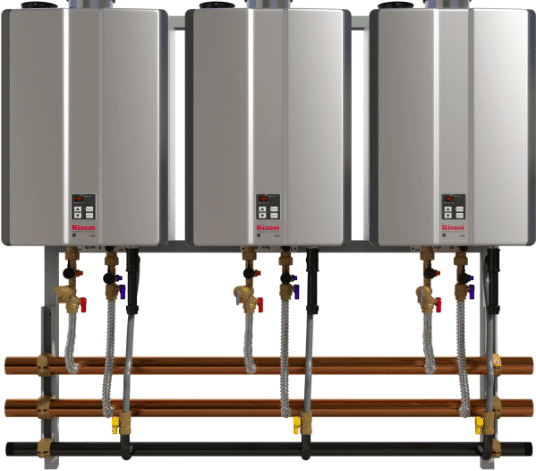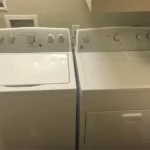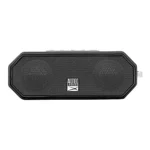A tankless water heater is a wise investment that will provide endless hot water for over 20 years. Unlike conventional water heaters, tankless water heaters require minimal maintenance and servicing.
A Rinnai tankless water heater is a smart water heater equipped with a self-diagnostic tool that consistently monitors if the unit is working correctly. It is an on-demand water heater, meaning when you turn on the tap, the tankless heater recognizes the need and begins to send hot water.
Regardless of the technology being highly effective in water heating, sometimes you may encounter some problems. For instance, failure to heat the water properly or the water going cold would result from multiple reasons, as seen in our next section.
Table of Contents
Rinnai Tankless Water Heater Goes Cold: Why?
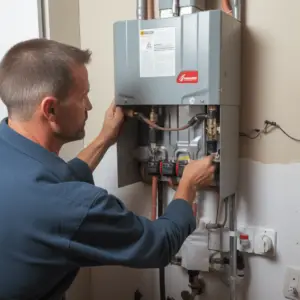
When the heater doesn’t provide hot water, it would be due to one of the following reasons:
Improper Gas Line Size
Rinnai tankless heaters offer efficient performance with natural gas or liquid propane. Therefore, it is recommendable to extend the gas line by ½ or 3/4 for your tankless water heater.
When the gas line size is incompatible with the Rinnai tankless heaters, it leads to incomplete combustion failure.
A Clogged or Dirty Water Filter in Cold Water Inlet
The water filter is a small plastic item located at the bottom of the heater that filters cold water entering the heater. Over time, the filter can get blocked due to dirt or debris preventing water from entering the heater. Eventually, you won’t have any hot water.
Coldwater Sandwich
A cold-water sandwich is a shift in the tankless water heater system. In the case of a coldwater sandwich, your heater system offers hot water and the next minute. You will get cold water, then hot water.
Rinnai tankless water heaters conserve energy, meaning they work on the principle of energy conservation. So, when you turn off the water tap, the heater also goes off, and it will get cold water. When you turn on the tap again, the heater also turns on but gets cold water from the pipes.
Clogged Heat Exchange
The internal components of the water heater, referred to as “heat exchangers”,– are small pipes that are in charge of changing the state of water from cold to hot through heat.
Minerals in the water, such as well water and hard water, deposit minerals in the pipes leading to clogging of the heat exchanger, making them not work effectively
Benefits of Tankless Water Heater System
- Never Run Out of Hot Water
With a Rinnai tankless water heater, you will not have to choose between taking a piping hot shower, doing a dishwasher, or doing laundry for what is always available.
- Save Valuable Space
A Rinnai tankless water heater is a suitcase-sized wall unit that fits in tight, discrete spaces, freeing up more space in your house. Hence, there is no need to store much quantity to avoid potential leaks on your floor.
The tankless unit’s parts are replaceable, which means you only change the affected part in case of failure of some features.
- Great Value Than a Tank
Rinnai tankless water heaters last up and are twice strong, consist of a warranty and save energy as they only heat when required.
- Reliable
Every Rinnai tankless water heater is tested individually for quality before shipping. Rinnai makes most of its components, resulting in consistent quality control.
- Improves Lifestyle
Rinnai heater uses intelligent technology that records your water pattern and recirculates the practices, which means that the machine makes hot water available whenever you need it.
- Better Value Than The Traditional Tank
It heaters last twice as long, twice the warranty and save energy as they heat water when needed.
Rinnai Tankless Water Heater Not Getting Hot Enough
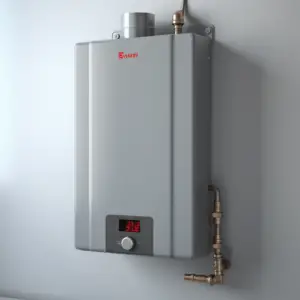
Ensure your hot water usage is reasonable to avoid the “no hot water” issue in a tankless hot water system. Your water supply should not go into full blast at a similar time because the tankless unit will overtax itself and fail to hold enough as supplies run out.
Sometimes the issue may be with tankless systems like being unable to get hot water due to the clogging of rust sediment present in water.
Rinnai Tankless Water Heater, Not Hot Water Pressure
The problem of low water pressure results from deposits built up inside your hot water tank because your faucet receives low-quality water. The most famous case is hard water, as its composition forms more sediment than other types of tap water year-round.
A Quick List of Solutions to Tankless Water Heater Goes Cold
After identifying the underlying issue and the actual cause, here are some solutions you can hack it with: Too many appliances running simultaneously- select the activity that is of priority and those that can wait Blocked exhaust vent- open the dirty burners and vents and clean the clog Low power source- check out the electrical and gas panel; if something is causing the tripping, it is good to reset the water heater.
Outer temperatures being below the freezing point- cover your pipes for insulation to prevent their freezing Ensure there is a sufficient supply of gas and water if the problem is due to a lack of enough water at the correct pressure Pipe leaks- change the leaking pipes as it causes the water heater not to give hot water. It would be best to clean burners to eliminate excess dust or debris that causes a blockage. Replace it if the burner has corroded. For those in a high-altitude area, ensure the dip switch and manifold pressure are as per the high altitude.
Rinnai tankless water heaters are intelligent water heating systems, effective unless a problem occurs like water suddenly getting cold. The reasons include improper gas line sizes, heat work with gas, and the need for compatible pipelines, among many others.
Therefore, ensure you diagnose the right cause before resolving the problem. Always keep the filters clean and adequate service to the heater to keep it functional. For unresolved issues, feel free to seek professional aid.
